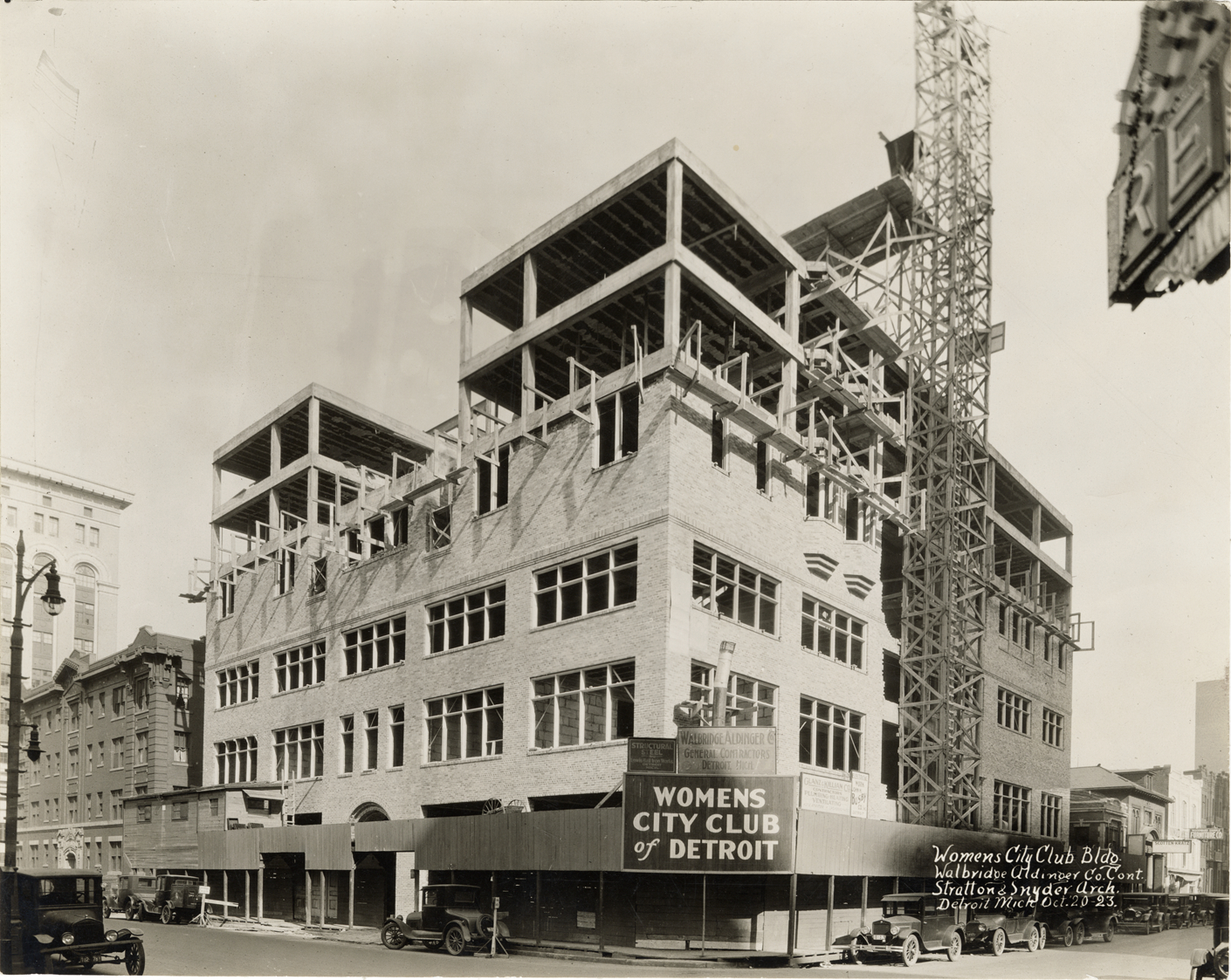Written by KDG Project Architect & Historian Lillian Candela
Sitting at the corner of Park Avenue and Elizabeth Street in Downtown Detroit, the Women’s City Club Building is a unique example of early modernism coupled with Arts and Crafts detailing. Rarer yet than the building’s architectural style and form is its legacy as home to progressive, early 20th century women’s social and activist groups.
This building has had many lives, operating not only as the Women’s City Club, but later as the Feminist Women’s Club, and most recently as a series of underground music venues. The Women’s City Club was acquired by Olympia Development of Michigan in 2017 and is currently being rehabilitated by Kraemer Design Group, giving the building yet another life.
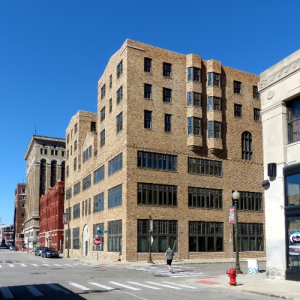
EARLY HISTORY
The Women’s City Club was formed in 1919 for educational, cultural, and civic women’s groups as a central organization, promoting women’s rights and fostering independence, social networking and leadership amongst its membership. The organization’s bylaws stated the Women’s City Club would “promote a broad acquaintance among women through their common interest in the city of Detroit and the State of Michigan.”
During the World War I era, the club flourished as women played a vital role in organizing the domestic war effort and advocating for the 18th (Prohibition) and 19th (Women’s Suffrage) Amendments. After these national victories, civic organizations like the WCC became immensely popular with middle class women who sought meaningful work outside the home at a time when paid work was frowned upon for married women.
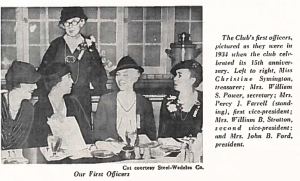
The club expanded rapidly after its founding in 1919 and soon outgrew its rented quarters. Prominent artist Mary Chase Perry Stratton, co-founder of Pewabic Pottery, was chair of the building committee and planned the building and furnishings.
By 1922, the building committee had purchased the present site at 2110 Park Avenue and engaged the architectural firm of Stratton & Snyder, led by William B. Stratton, the husband of Mary Chase Perry Stratton. Work began on the building in 1923 with Walbridge & Aldinger directing the construction. Upon opening to members and guests on April 22, 1924, the club threw an elaborate party to celebrate their achievement.
Through the first several decades of the 20th century, the club continued to grow, eventually enrolling over 8,000 members to become one of the largest women’s clubs in the world. Notable and distinguished guests visited the club from near and far.
The WCC served as a meeting point for many prominent women’s organizations, at the time clubs were separated by a variety of reasons including gender and race. The WCC was host to many local chapters of female-centric clubs including:
- The League of Women Voters
- The Detroit Women Writers Association
- The Daughters of the American Revolution
- The Women’s Association of the Detroit Symphony Orchestra
THE JEWEL OF THE CITY
The Women’s City Club is not only notable for its fierce congregation of women, but also its architectural work. The building’s exterior design is influenced by the European modern style of the 1920s, constructed of a pink and beige tapestry brick.
The interior is a beautiful representation of the American Arts and Crafts movement popular in the United States at the time. The interior features dark woodwork on the stairs and window casements, hand-crafted light fixtures on each floor and locally handmade Pewabic Pottery tile installations.
The Pewabic tile was not installed as a secondary decoration choice but rather was a focal point of the design from the very beginning. Serving as first vice president and chairman of the Building and Furnishing Committee Mrs. Mary Chase Perry Stratton knew the new women’s club needed to be a jewel in the city for the clientele, they were hoping to bring in. Perry-Stratton worked with her fellow committee members and William B. Stratton on the design of both the building and tiles.
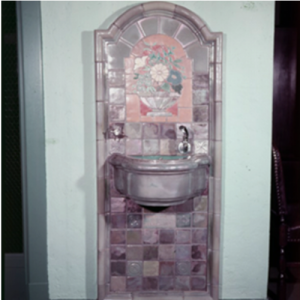
Pewabic Pottery is Detroit’s premier example of the Arts and Crafts decorative movement. Pewabic Pottery was founded in 1904 by Horace Calkins and Mary Chase Perry Stratton in Detroit and quickly grew to accept large-scale ceramic commissions across the country. The Women’s City Club building features several custom Pewabic Pottery installations all designed lovingly by Perry Stratton.
The main entry doors are surrounded by an arched frieze of stylized blue leaves with iridescent accents. In similar fashion Perry Stratton chose peacock blue and green tiles for the swimming pool, dining room windowsills and decorative outdoor fountain on the fourth-floor garden terrace.
The fountain on the terrace was installed the day before the grand opening, and Mrs. Stratton supervised its installation herself. Many of the rooms on the remainder of the first through third floors are tiled in typical Pewabic field tile. On the upper floors you can find drinking fountains that were once standouts in Pewabic Pottery’s design catalogue.
In addition to the club’s architectural tile, Pewabic Pottery worked to modernize the club’s tableware. The club’s utilitarian heavy white crockery was re-glazed at Pewabic in warm yellow, soft green, blue and a grey color known at Pewabic as “City Club grey.” Pewabic continued to re-glaze all the City Club’s china for several years.
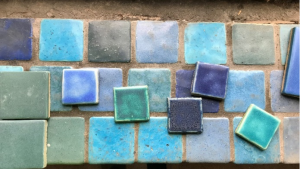
THE MANY LIVES OF THE WOMEN’S CITY CLUB
The Women’s City Club members were elderly and reduced in numbers by the 1970s. The organization left downtown and leased the building to the Feminist Women’s Club in 1975.
The Feminist Women’s Club was opened by Gloria Steinem and the club promised members use of the swimming pool, a cocktail lounge and hotel rooms. The Feminist Women’s Club operated from the building for only a few years. In 1978, the building was acquired by Michael Higgins of Higgins Properties Inc. who leased the building to various concert promoters.
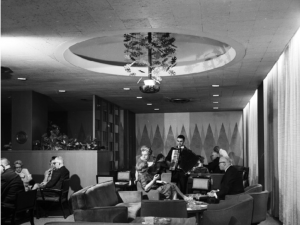
In the early 1980s, the venue was branded as “Clutch Cargo’s” and featured many punk rock acts as they toured the country. Bands included R.E.M., Black Flag, the Stray Cats, and Duran Duran. Clutch Cargo’s concerts played the third-floor ballroom at the Women’s City Club building until 1982, when it moved to a larger Detroit venue.
Later the Women’s City Club became known as a nightclub called the Park Avenue Club. The building housed a variety of music scenes on any given night in the late 1980s. Different rooms in the club were leased to various music teachers and promoters including jazz, punk rock and Detroit bands. One of the most significant were the early techno music artists who played for dance parties at the building; significant were the Deep Space DJ collective: Derrick May and Juan Atkins – techno music pioneers.
The live music concert scene moved to larger venues in the late 1980s leaving heavy breaks in income and forcing Higgins to sell the building to Forbes Management; the building was never occupied again. In 2015 Forbes sold the building to Eric Larson, who held the building for only a year-and-a-half before selling it in 2017 to Olympia Development Group.
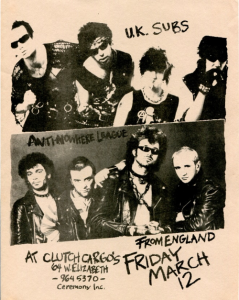
FUN FACTS ABOUT WOMEN’S CITY CLUB
- The Women’s City Club building was planned, financed and its construction was directed by women. The $800,000 building was financed through first and second mortgage bonds. Detroit banks took the first mortgage bonds for $375,000 and 1,061 club members took second mortgage bonds ranging from $50 to $15,000 each to the amount of $425,000.
- The building features a 75-foot swimming pool on the main floor featuring Pewabic tiles on the pool ledge, frieze and floors.
- Over the years many nationally prominent women came to the WCC for help with their causes. Soprano Lillian Russell advocated to increase registering women voters and social worker Jane Addams came for aid in feeding the starving children of post-World War I Europe. In the 1960s, author Joyce Carol Oates was a member of the Detroit Women’s Writers club, which was headquartered at the Women City’s Club building.
